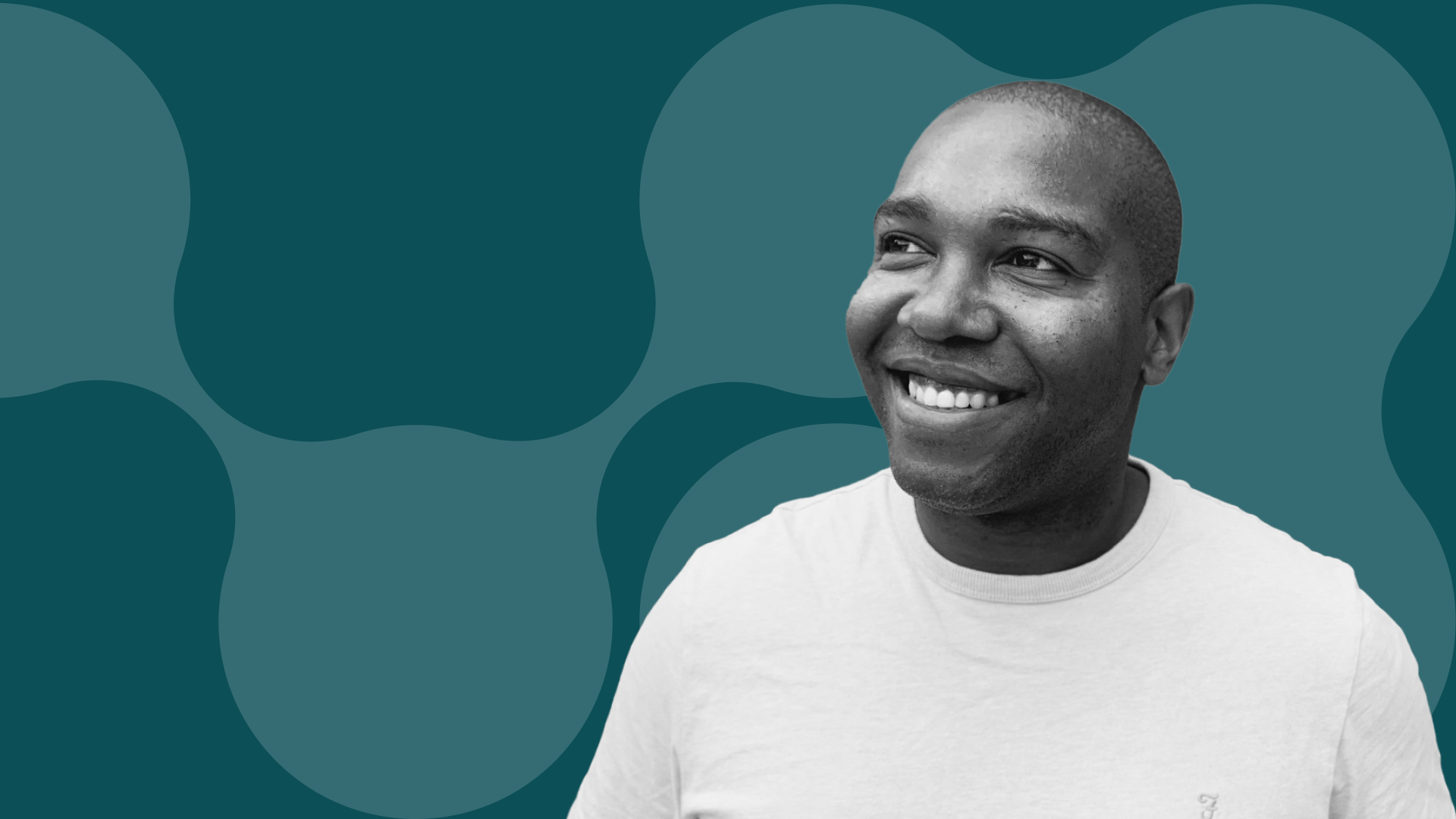Salesforce's CMO on authenticity and the growing role of B2B influencers
Stephanie Buscemi, who leads a team of 1,200 marketers at the global CRM giant, says why B2B brands need to create two-way dialogue and explains how marketing will be unrecognisable in five years.

Q: Many B2B marketers think core moral and ethical values are best left to B2C brands such as Nike and Gillette. Shouldn’t B2B marketing focus more on price and return on investment?
A: Salesforce has experienced tremendous success over the last 20 years. Why is that? We believe it is because we are committed to a core set of values and they are the compass for our business.
While our individual opinions are interesting inside the building, it’s really our customers and prospect community who drive what’s important. And we find pretty consistently that means striking a balance between the head and the heart.
The head says ‘Yes, it meets a business need, it helps me to solve my problems and makes my business more successful’. But the heart asks ‘Am I engaging with a company that is giving back and has the same values I have?’
People want to work with brands that have a purpose. So our marketing strategy is completely built around our core values as a company. And those core values weren’t just made up inside the company, they are truly a reflection of our customer and partner and employee community.
Q: You have been prepared to take a stance on controversial issues. In 2015 the company threatened to boycott Indiana when it passed a law legalising discrimination against gay customers, and in May this year you moved to withdraw your products from firms that sell military‐style firearms to US consumers.
A: I think the emotional connection can’t be missed whether it’s B2C or B2B, it’s about building trust with the brand and having shared values, and then demonstrating those shared values. We will engage socially if we believe we’re not seeing equality for all. And we do that because we see diversity in our customers and diversity in our employees.
Q: But there is a cost in terms of lost business?
A: Of course, we evaluate it and know what the business impact may be, but we’re saying we’re going to do right by people first. And it will probably, in the long run, create greater longevity and deeper relationships with our customers who share those same values with us.
Q: You have put huge effort into building the “Trailblazers”, millions of people who are proud users of your platforms. Is this, in effect, what an influencer programme looks like in B2B?
A: I am careful with the word influencers because I believe, historically, influencers have been paid and the Trailblazers are not compensated in any way. But they are kind of micro‐influencer advocates and evangelists for driving value within their businesses in new and exciting ways. And we have hundreds of people who are coming forward and telling their story of transformation.
They can use Trailhead, which is our free online learning community that some years ago was paid and we took the strategic decision to make it free. And there was an implication in terms of losing a revenue stream around training and education, but we said we want to be open and we want everyone to have the opportunity to gain the skills they need for the future.
Q: Salesforce started off as an underdog marketer, but now has 45,000 employees. Is there a risk of losing marketing innovation?
A: We have a maniacal focus on customer success and so long as we keep that with us, it keeps it real. And I’ll give you a very tangible example. Everything used to be just created by the brand; websites were the brand telling you about itself. The shift that we’re making, and I see other great marketing organisations doing it, is that brands are moving to co‐creating content alongside their customers, those influencers and those advocates.
On a quarterly basis, we go on a global tour talking to customers and prospects. It helps so much because it’s not just marketing; it helps inform product strategy. We also have something called the Ideas Exchange, which is where we systematically capture feedback every day. We can show how many hundreds of thousands of things customers have put in the Ideas Exchange and then voted on, and we’ve actually gone ahead and put in the product.
So you can see it’s not only co‐creation of the marketing content, but also the product itself.
Q: In what other ways have you developed Salesforce’s marketing?
A: While there is no finish line on our work on equality, I’m really proud of the team and what we’ve been doing around inclusive marketing.
We decided to look through all our content, auditing so many thousands of pieces of content across every channel, and evaluate them in terms of their tone, their visual representation and whether we were countering stereotypes.
And we found mistakes. And that caused us to ask how can we ensure that will never happen again? And also how could we share it with other marketers in the community? So we’ve created it as a Trail on Trailhead.
Now everyone in marketing has been certified on it, and it is now in the DNA of our marketing planning and execution.
We found mistakes. And that caused us to ask how can we ensure that will never happen again?
Q: Is there a return on this time?
A: I definitely think there is. We know our customer‐installed base is a diverse audience who want to engage with companies that have diversity. The more you are relevant to your audience and showing a cultural respect for who they are, the more trust you’re going to have put in you, and a foundation to build a stronger working relationship.
Q: Is the nature of B2B purchasing evolving?
A: The lines are blurring between B2B and B2C, so the expectations are getting higher on B2B marketers to create this seamless engaging, personalised experience that people have been getting in their personal life.
But lines are also blurring in that marketers are trying to get a single view of their customers. They have to strike a balance of personalisation and privacy, but get a single view of not just you and your job, but the full picture of you.
Q: Is this a return to the old‐fashioned school of sales, where a rep and their prospect would go out for drinks and talk about sports?
A: Yes, but over a table you’re face‐to‐face so the level of trust is different. If you’re engaging via text, via Instagram, via email, how do you get that same level of connection at scale?
There’s definitely a trust crisis in tech; you see it in the headlines. And I think that’s why it’s so important right now to have a community, a rich community of Trailblazers, who are speaking authentically on their own experience and doing it in their own words.
I can’t imagine in five years from now a corporate website will be all in the brand voice. The sharing economy is quickly making its way into how we market as well. No more pitching or preaching. It’s about having a conversation.
Q: In the digital age, is there an added premium from real‐life interactions? Is this why you run Dreamforce, Salesforce’s giant annual event that draws in more than 170,000 attendees?
A: Well, previously Dreamforce was described as the largest technology conference in the world, which is true, but it’s evolved to address business as a platform for change. There is ample there on technology innovation, but there’s just as much on topics of equality, wellness, on everything in terms of bettering human beings.
There are two things that are critical to it. Firstly, the Trailblazers. We really bring that community in to help us shape what are the conversations we want to have. They co‐create the agenda with us. It’s not just Salesforce employees speaking.
And then, secondly, if you come, you’ll see we have very fun and irreverent branding based on the look of a national park. People love it because, let’s face it, technology conferences have been kind of dead and kind of dry, with the exception of maybe some evening rock concert or something. So we’ve made it really fun and playful.
Q: Is Dreamforce a marketing event?
A: It’s so much more than that now. There’s so much there around personal and professional development and wellness that it would be too little to call it just a marketing event, in my mind.
You do have to protect the space and ask yourself every step of the way, is this good for the attendee? We want them leaving the event feeling inspired, having had fun.
Q: But Salesforce had 2018 revenues of more than $13 billion. Can smaller companies create events with this kind of philosophy?
A: Absolutely. If I was to run a startup tomorrow, I would still want a community‐based marketing approach, listening to customers and prospects in addition to employees.
This interview is from Future of B2B Marketing, published in The Times on 8th July 2019.
More Insights from alan.
To re-form your industry, we must re-form ours first. From our visceral point of view on creativity to our incisive approach to strategy, delve into our provocative thought-leadership on how we’re aiming to subvert B2B’s status quo.




